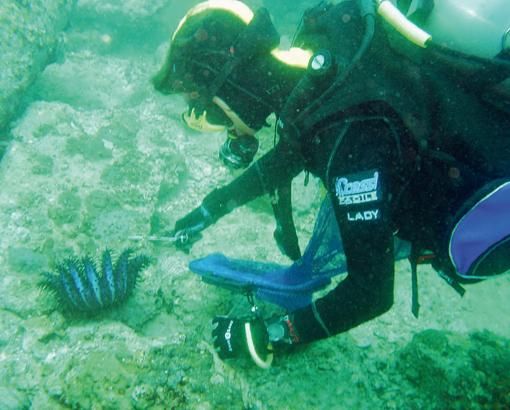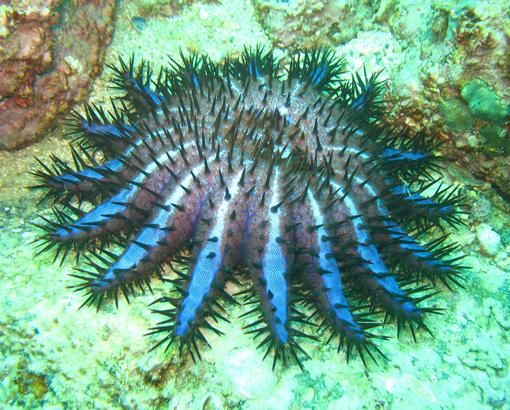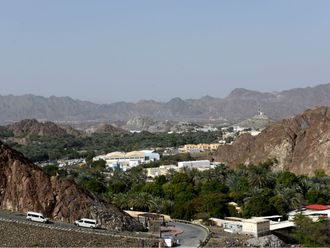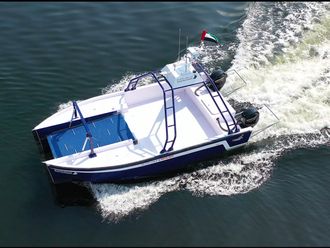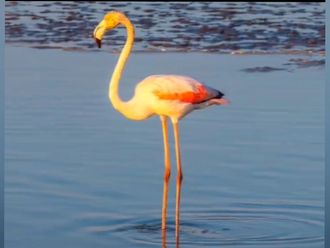Dubai: Two of four different species of a coral-killing starfish, called Crown of Thorns (COT), have been found on the East Coast. Previously, researchers believed the spiky starfish was a single widespread species.
The Crown of Thorns starfish (Acanthaster planci) is covered in poisonous spines and is infamous throughout the Indian and Pacific oceans and the Red Sea as its population outbreak spells danger to the coral reefs.
Coral cannot survive after COT wraps its stomach around it and digests it on the spot, leaving only the white skeleton behind.
Christophe Tourenq from the Emirates Wildlife Society (EWS), in association with the World Wide Fund for Nature (WWF) based in Fujairah, said the discovery demonstrates the variety of species on the east coast of the UAE and Oman. "We still don't know much about that side. It's a valuable and interesting study," he told Gulf News.
The discovery, made by an international team of researchers who collected samples last August from Fujairah, means four different types of Crown of Thorns exists in different regions.
"There are not a lot of COT starfish here, around 10, but the coral has suffered from the red tide. With no light getting through, some areas died off. With Gonu a few years ago, red tide and oil slicks, the East Coast corals have already been through a lot," he added.
Researchers Catherine Vogler and Gert Wörheide from the University of Göttingen in Germany, with colleagues from the US and Panama, showed that these species were located in the Pacific, the Red Sea, the Northern and the Southern Indian Ocean.
An important element of the ecosystem is normal numbers. An outbreak, however, can have dire consequences.
"If the causes of outbreaks vary between the four species, we might have to manage them differently," said Vogler.
"The UAE is one of the 'hot' areas in this context," she said. "Mixing areas of two COTS species are very important for future research because this is where direct comparisons between species can be made."
Such discoveries can have direct implications for marine habitats conservation and management purposes, added Tourenq.


